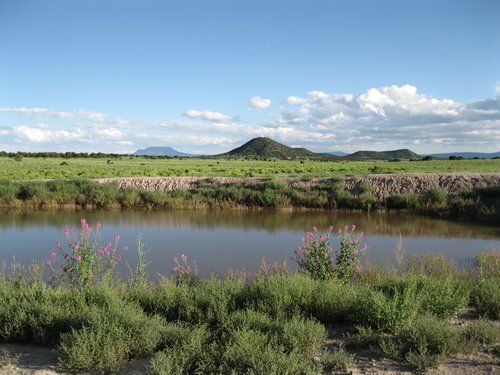EastTNHunter
Well-known member
- Joined
- Jun 13, 2018
- Messages
- 1,782
I’ve been reading on here quite a bit, but I saw this earlier today and a lot of it made sense to an easterner like myself. Do these cow elk tactics work most of the time, with some tweaks, or are they way too broad of generalizations? I’m looking to take my daughter to WY for a cow elk hunt next year (she will have the tag), but I’m trying to apply time to learning as much as I can before heading out there, and then thinking about hunts for subsequent years with my other daughter and son, and maybe even for myself.
I’m looking at an early season desert hunt because she wants to avoid the altitudes and tough hiking of the mountains, but I’m wondering what the best way to locate elk will be when we get out there. I have considered going on a later hunt, but I feel that the odds of significant snowfall could easily hinder our plans in any unit that we could draw (she will have 2 points). Please tell me if I’m wrong.
I hunted the Colorado mountains two years ago, but I was listening for bugles and hunting bulls at the time. Meadows, aspens, streams were abundant there, but won’t be where we are planning on going.

 www.americanhunter.org
www.americanhunter.org
I’m looking at an early season desert hunt because she wants to avoid the altitudes and tough hiking of the mountains, but I’m wondering what the best way to locate elk will be when we get out there. I have considered going on a later hunt, but I feel that the odds of significant snowfall could easily hinder our plans in any unit that we could draw (she will have 2 points). Please tell me if I’m wrong.
I hunted the Colorado mountains two years ago, but I was listening for bugles and hunting bulls at the time. Meadows, aspens, streams were abundant there, but won’t be where we are planning on going.

An Official Journal Of The NRA | Tips and Tactics for Late-Season Cow Elk
Reasonable draw odds, high success rates and filling the freezer with tender, tasty meat makes cow elk hunting a great option. Here are some tips and tactics for hunting them in the late season.






